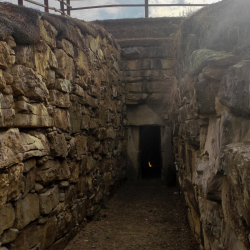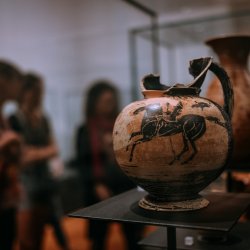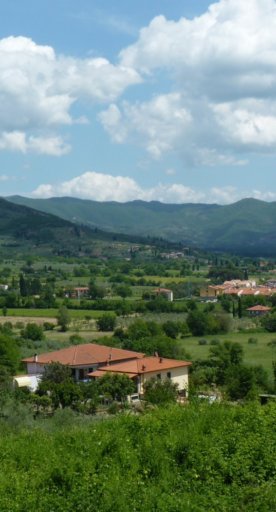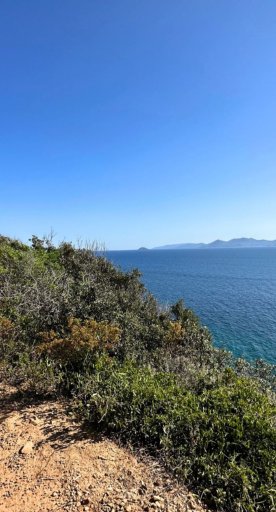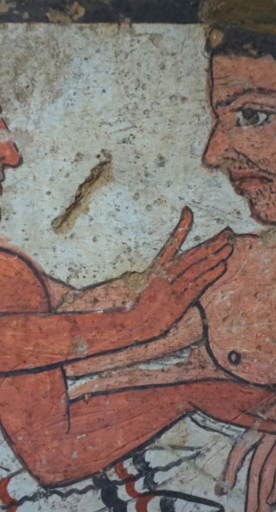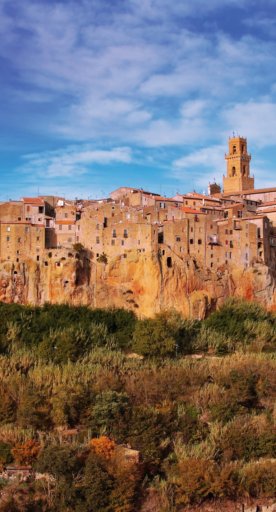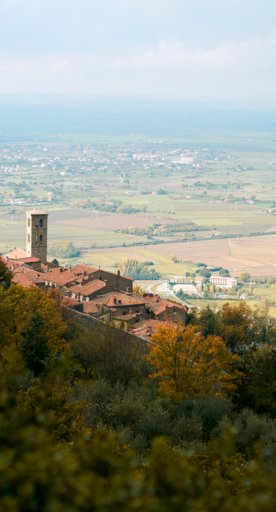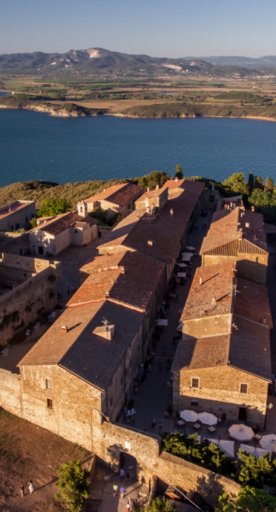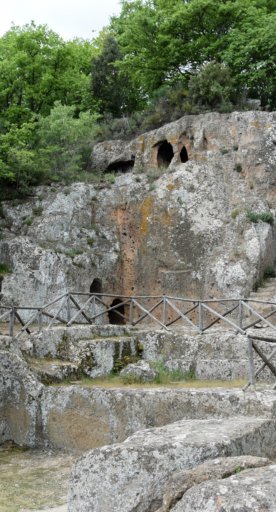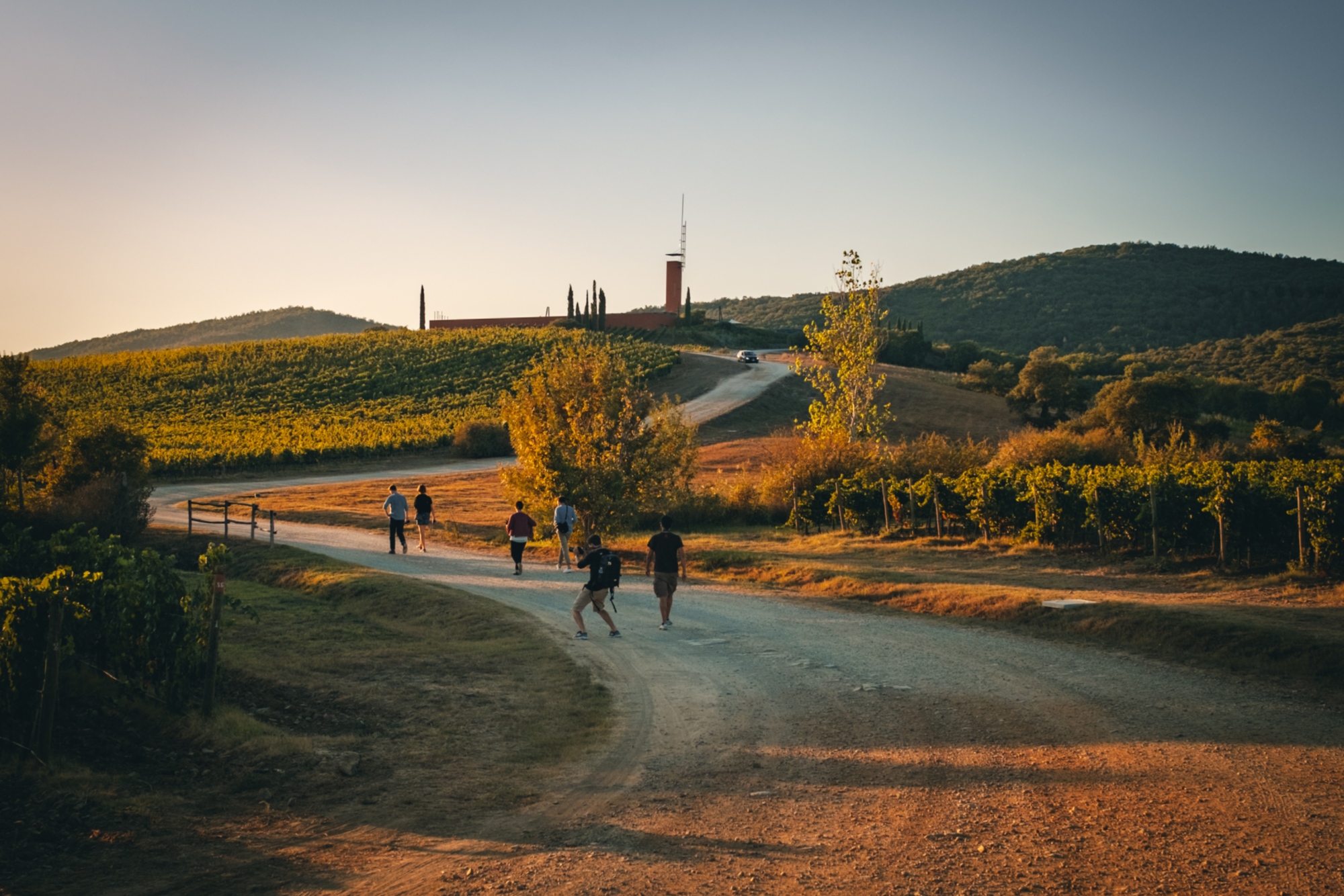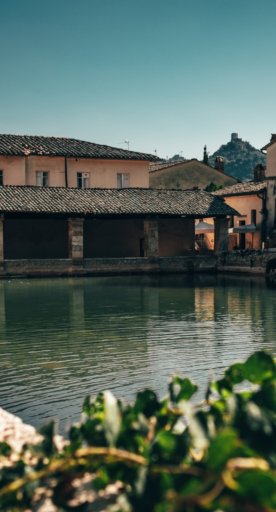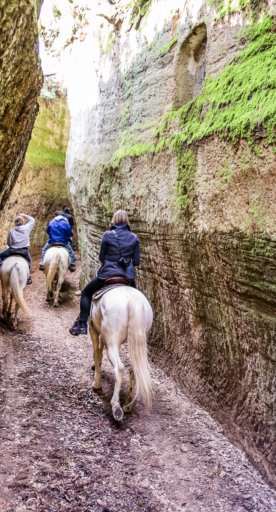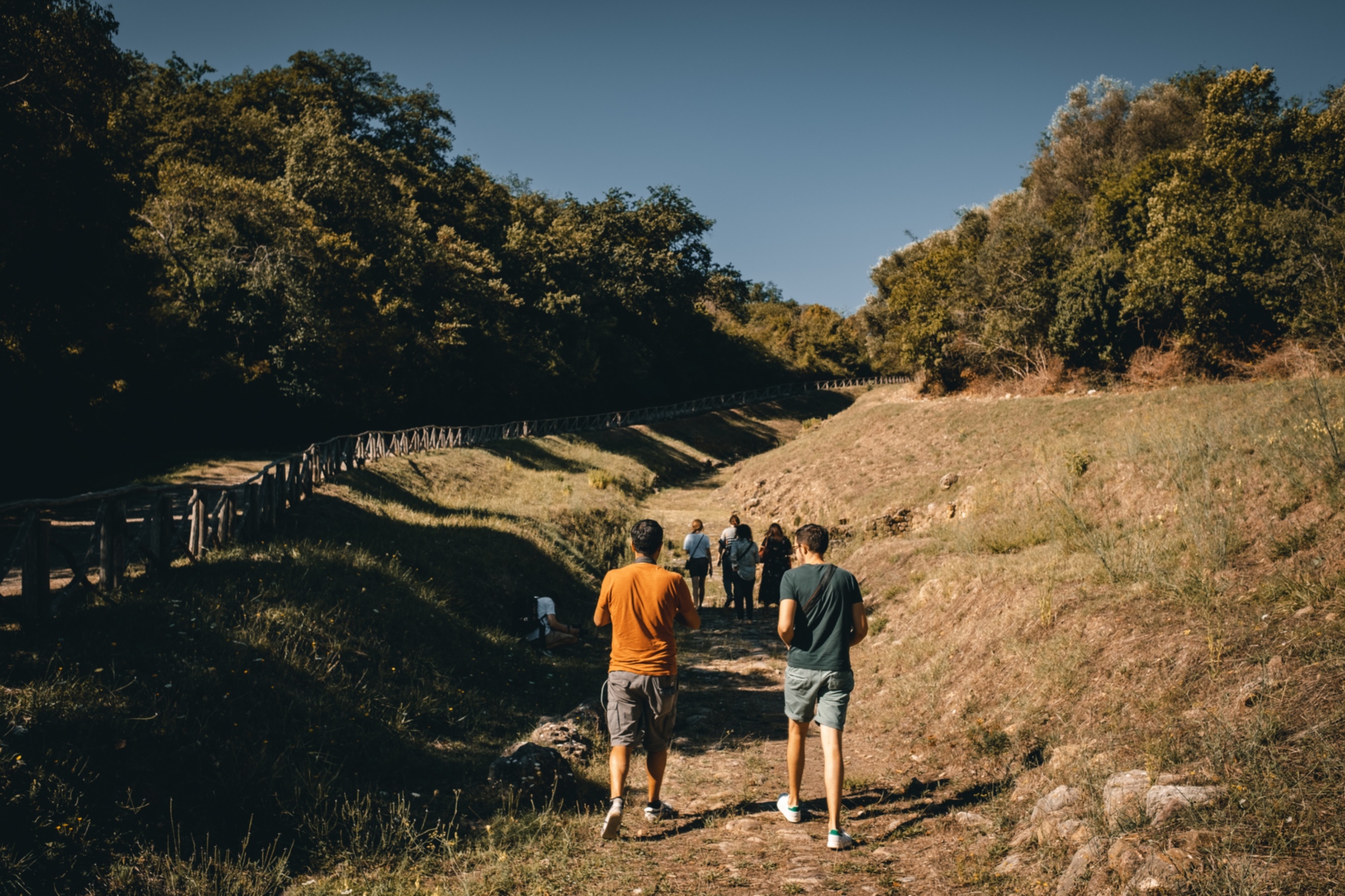

Follow the Etruscans in Grosseto and surroundings
From museums to archeological sites, traces of the mysterious civilization can be found around every corner
Deep in the south of Tuscany, Grosseto is considered the political and cultural centre of the Maremma and is a stone’s throw from the wild coast. While the city and its province may often be overlooked by tourists, Grosseto vaunts a range of activities and is the perfect base for a nature-filled holiday. The historic centre and surrounding area also boast thousands of years of history, with traces from all epochs found throughout the territory, including the famous and mysterious Etruscans.
-
1.The Museum of Maremma Archaeology and Art
-
2.Archeological area in Roselle
-
3.Vetulonia
-
4.Scarlino
The Museum of Maremma Archaeology and Art
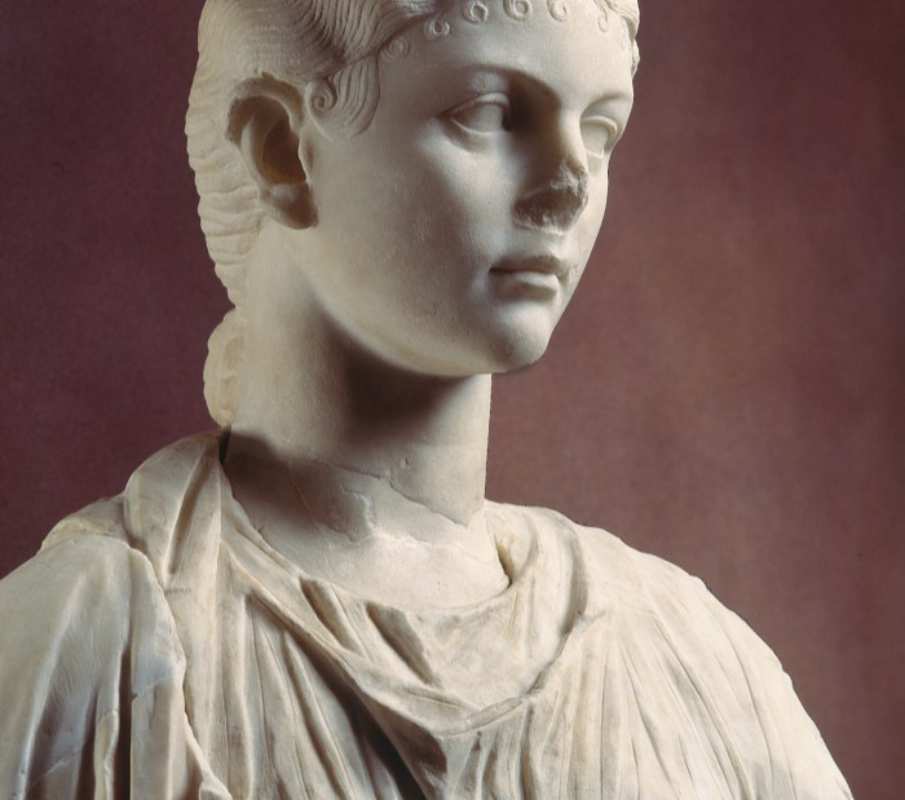
The Museum of Maremma Archaeology and Art is a great place to start for anyone who wants to learn about the Grosseto’s Etruscan history. Home to one of the most important collections of Etruscan artefacts, the museum has Giovanni Chelli to thank for its prized holdings, whose personal collection of Etruscan finds from Chiusi and Volterra open the visit. One of the most renowned of these objects is the bucchero bowl from the 6th century with the Etruscan alphabet written on. We don’t know its origins, but it’s assumed that it comes from Roselle or southern Etruria.
Archeological area in Roselle
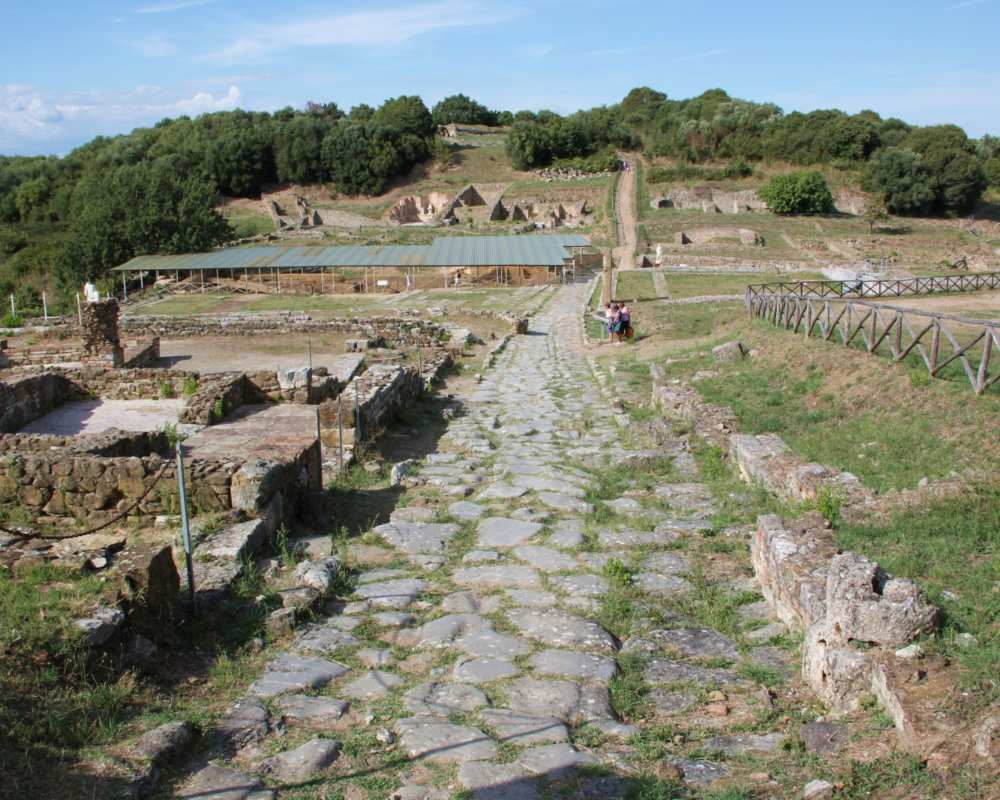
Speaking of Roselle, the archeological area eight kilometres outside Grosseto, is essential for gaining a better understanding of Etruscan history in this territory. Although the city was abandoned in the Middle Ages, it held considerable importance for Etruria, meaning the area has yielded incredible finds during excavations begun in 1942. This includes a three-kilometre section of a defense wall, houses and artisan workshops dating to the 7th-6th centuries BCE.
Vetulonia
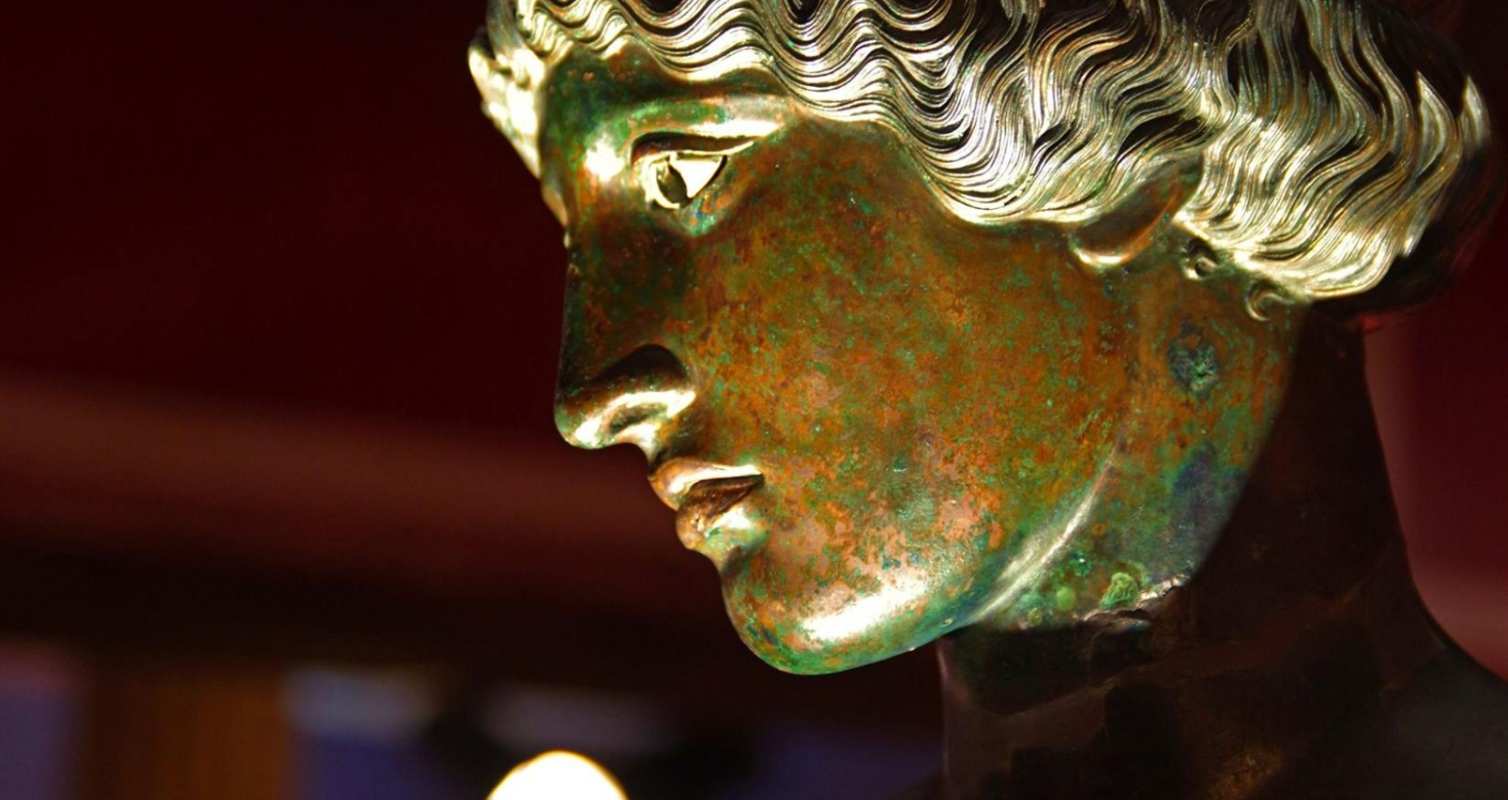
A bit further away, we find Vetulonia, without a doubt one of the most important Etruscan cities. Thanks to excavations led by Isidoro Falchi in the late-19th century, we know that the ancient city was immensely wealthy, though it began to die out by the 1st century BCE. Today, you can visit the necropolis, one of the largest and most well-known of its kind. Other sites include the Pietrera mound from the late 7th century BCE, the Fibula d'Oro tomb and ruins of Etruscan-Roman houses, among other things.
Modern-day is also home to the “Isidoro Falchi” Archeological Museum, where many Etruscan artefacts are on display, including vases and urns coming from the necropolises of Poggio alla Guardia and Poggio Belvedere, grave goods and the stone stele of the warrior Auvele Feluske.
Scarlino
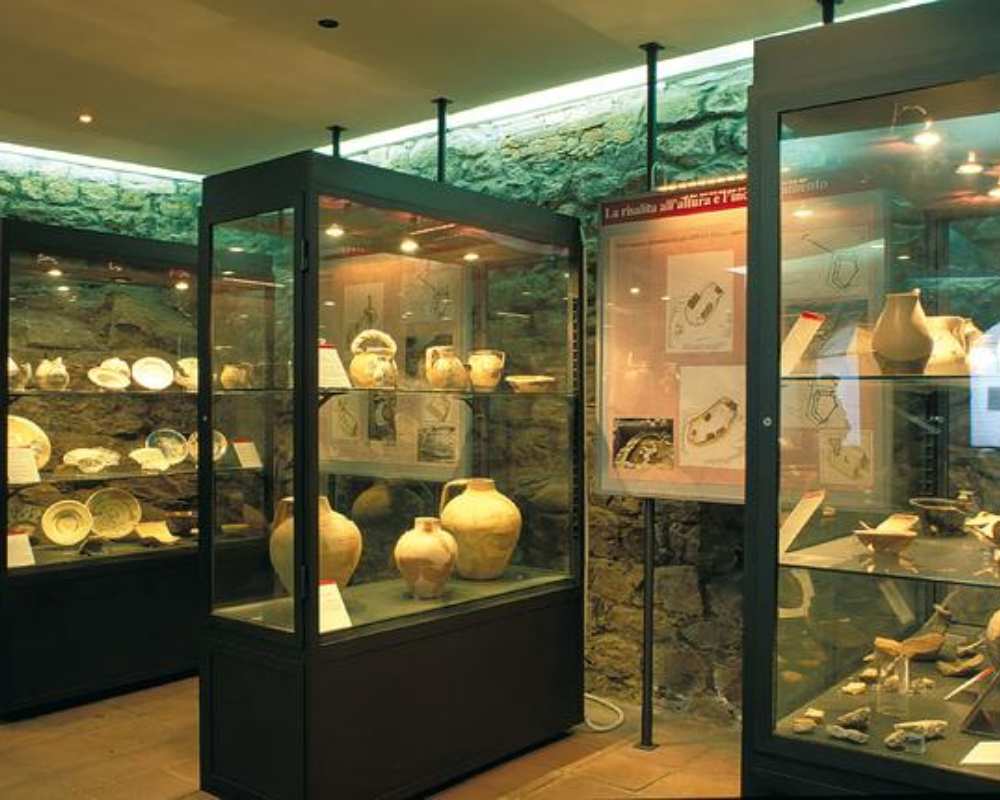
For something closer to the seaside, check out Scarlino and Puntone, quaint little towns close to the coast. The latter is home to the Portus Scabris Museum, which conserves artefacts pulled from the seabed near Puntone di Scarlino, including amphorae and vases, while nine kilometres away, excavations brought to light the necropolis of Poggio Tondo, dating to the mid-7th and mid-6th centuries BCE.
A short drive away, the “Riccardo Francovich” Centre for the Documentation of the Territory can be found in Scarlino, offering a display of artefacts that attest to the area’s millennia of history, including objects from the Etruscan era.


